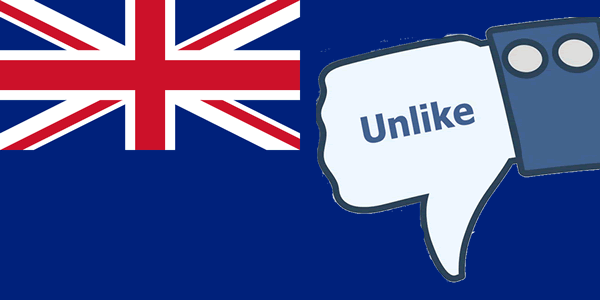I see that 88% of those polled are against changing the flag. Yesterday the second Christchurch meeting to discuss the flag change attracted 14 people – at least they got more people than are on the panel this time. These are just the sort of odds I revel in, so let’s go through the arguments I have for changing the flag.
For me, the flag conversation is really important because it provides us with another opportunity to more clearly define the bicultural relationship between Maori and other New Zealanders that, within our multicultural society, is agreed. Over recent decades a number of steps have been taken that confirm the bicultural nature of New Zealand’s identity and the flag conversation is just one more. Of course the most significant events in this regard over recent years have been the various post-1975 Treaty of Waitangi-related processes, which have included
- The treaty being accepted as our founding document – and more significantly, the unilateral declaration of British sovereignty by Governor Hobson in May1840, recognised as a deliberate, deceitful falsehood.
- The process of grievance, claim, judgement and settlement pursued for some 30 years now has been the path to reconcile the rights of two societies – Maori and settler/immigrant – to co-exist and for each to fulfil their aspirations
- A magnanimous approach adopted by Maori in settling claims for little over 1 cent in the dollar – proving it hasn’t been about the money, it’s been about what is right, viz; that this society is unique with its bicultural founding document
- An acknowledgement by Maori that others do have the right to call New Zealand home and this right derives from the Treaty. Pakeha have a legitimate presence here – not because of Hobson’s shameful declaration – but because they were invited under the Treaty
But there have been plenty of other advances as well that have helped to unambiguously establish the bicultural identity of New Zealand – including;
- The official recognition in 2009 of “Tino Rangatirantanga” as the Maori flag
- The inclusion in our national anthem of verses sung in te reo
- The official designation of many places and landscape features to their te reo names
- The inclusion in primary school curricula of Maori history, and te reo options
- Acknowledgement that Te Reo Maori is an official New Zealand language (although only English so far is compulsory in school).
- The devolution of public health and education delivery to enable Maori to exercise their right to self-determine the nature of these services
Without doubt, when it comes to our bicultural identity, there will be many more advances in the pipeline . And parallel to that there must be more progress in ensuring the multicultural nature of New Zealand is recognised, that New Zealanders of other ethnic minorities are not excluded, overlooked or disadvantaged because of their ethnicity.
So I very much see the flag consideration exercise as a step along the road that we set off on in 1975. There will be more – such as changing the name of the country and the national anthem itself. Of course being an official language of Aotearoa New Zealand nowadays, and given our bicultural commitment, getting te reo compulsory in primary schools is well overdue. Thankfully more and more schools are teaching it anyway – evidence of a growing awareness that cultures cannot have full empathy with each other if they don’t understand each other’s language. Language is the key to cultural respect, something critical to a society like ours.
All of this puts the current public complacency about the flag in perspective. Progress takes time and sometimes generations. The most encouraging aspect of the changes in New Zealand that have been underway since 1975, is that stronger support for them has come from younger people. As is common with progress, it is the older folk who tend to be last on the bus, most resistant to the uncertainty of change.
The number of exciting new flag designs that have been submitted – more than 1300 so far – is testimony to the numbers thinking creatively about the flag issue. By the time the finalists have been decided, the public will have had time to think about which flag best represents who we, New Zealanders, are. And then finally next year, the public gets to say whether the preferred candidate is worthy of replacing our tired British naval ensign.
Which brings me to the arguments I’ve seen against change. They may be held by 88% of people but they are not impressive: the exercise costs too much, it’s not an important issue, spend the money on things I’m more concerned about, I can’t stand John Key, our soldiers died for the British ensign (not for our values), we’re too busy putting bread on our tables – and on and on. It’s quite a grab-bag of miscellanea with no single reason relevant to what is the most appropriate flag design.
While frustrating, this frank and animated debate makes the discussion interesting and makes me proud of New Zealand – we can all have different views, but we do talk about these things. Over time it is through debates like this that public opinion evolves and with evolving attitudes comes social progress.
[gravityform id=”2″ title=”true” description=”true”]
